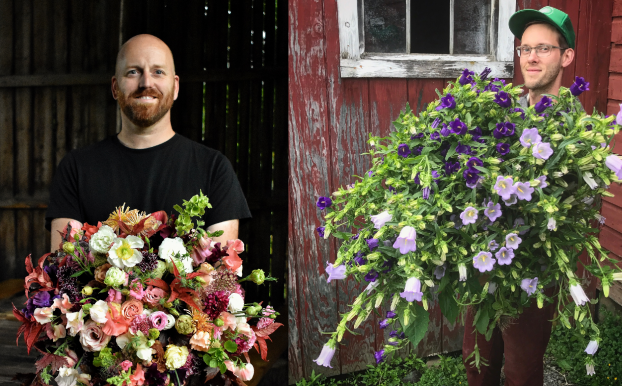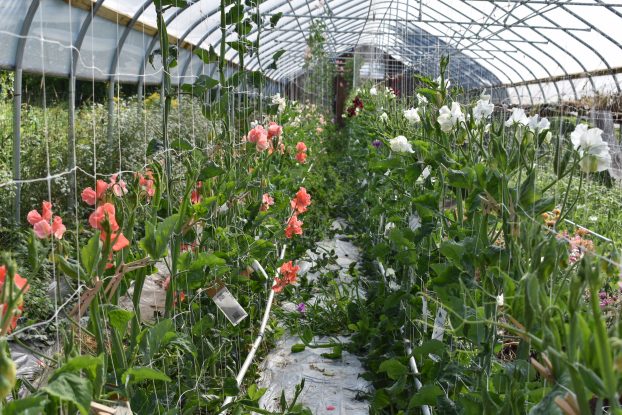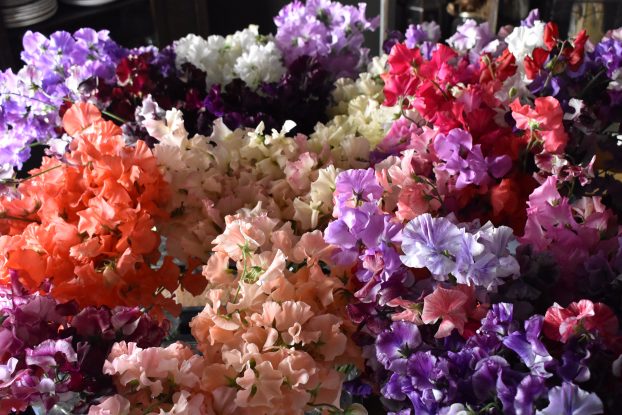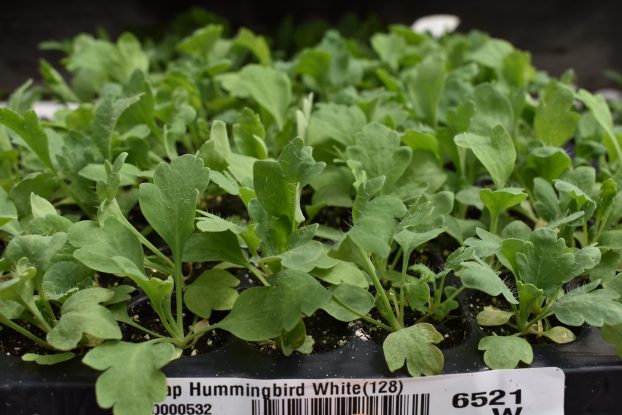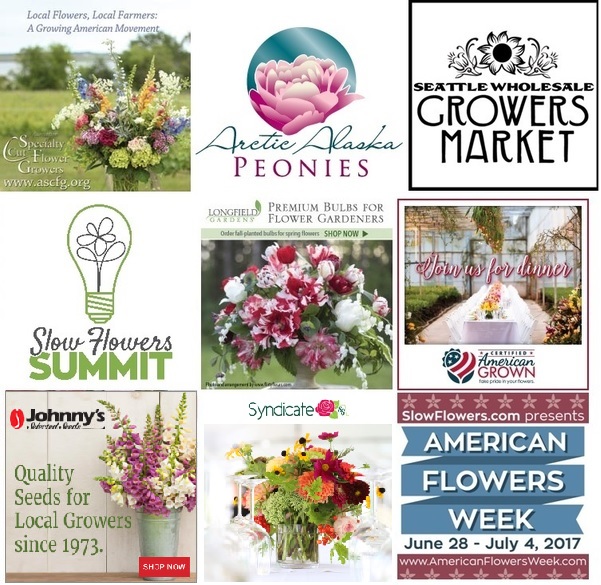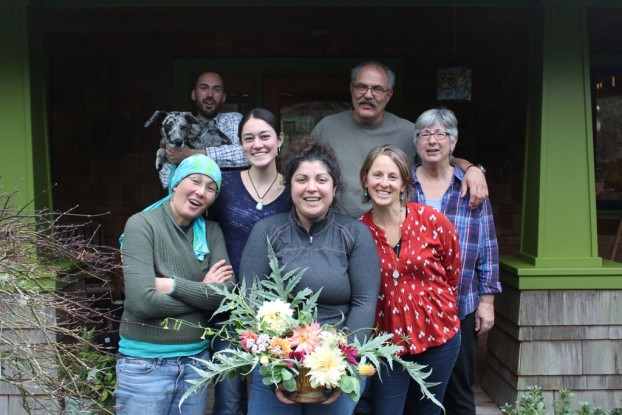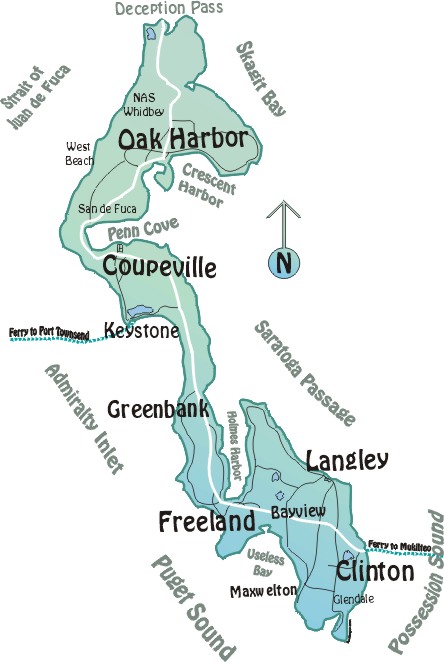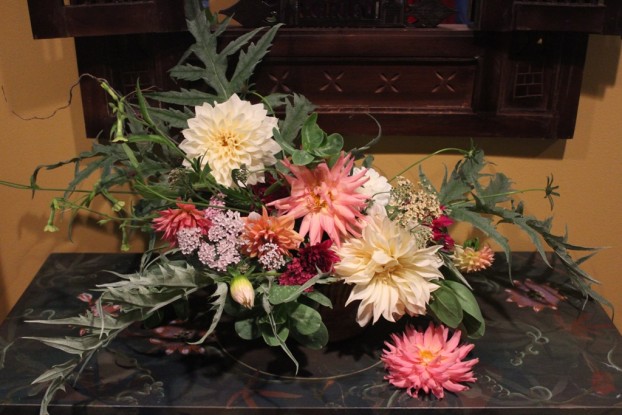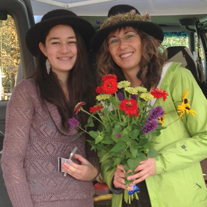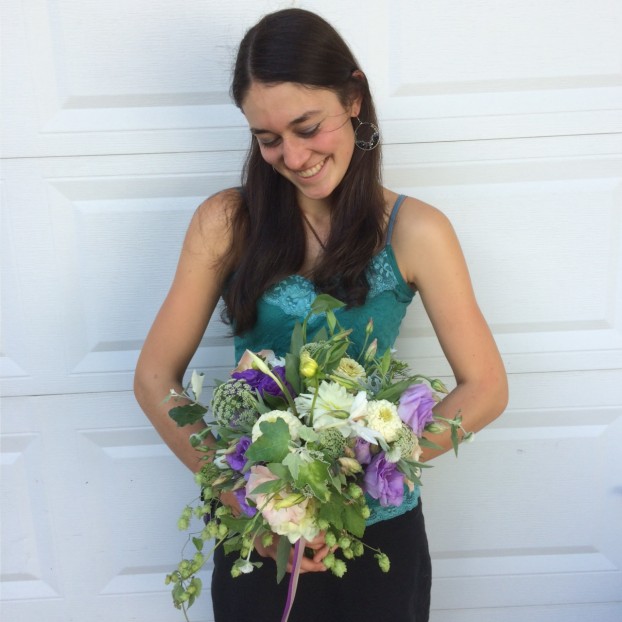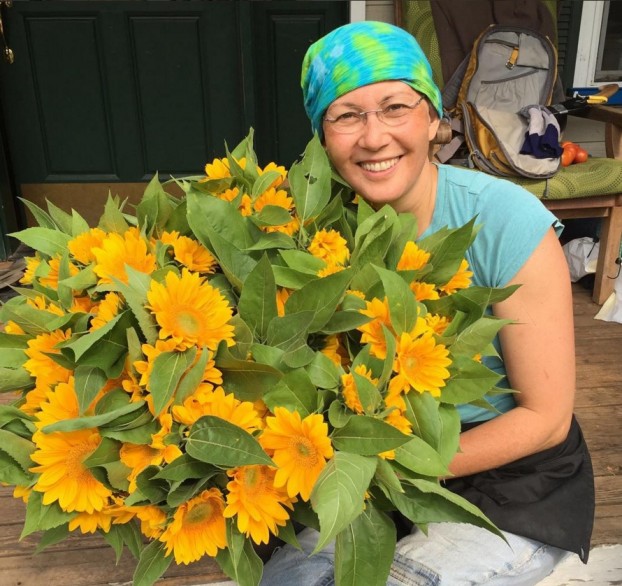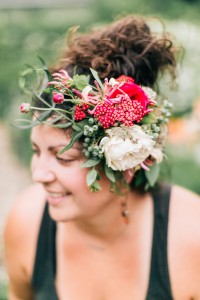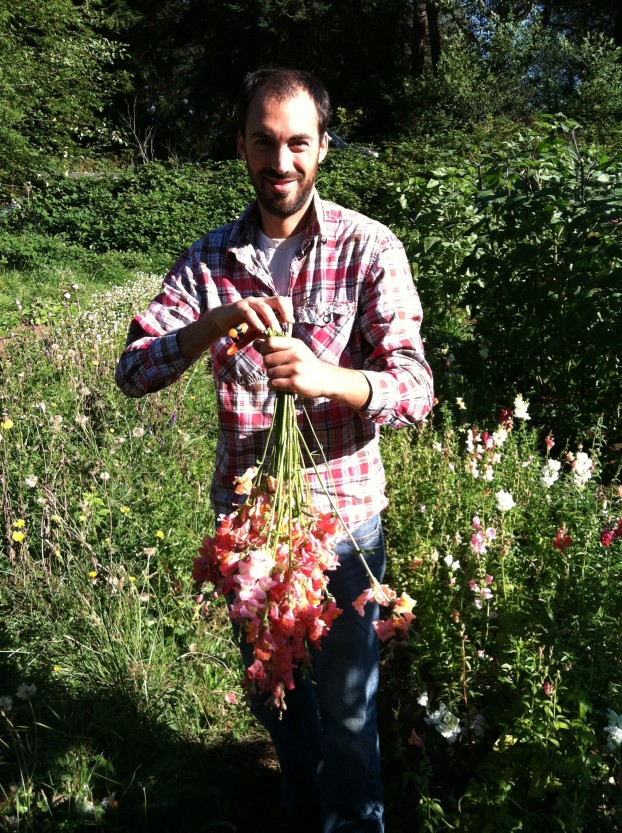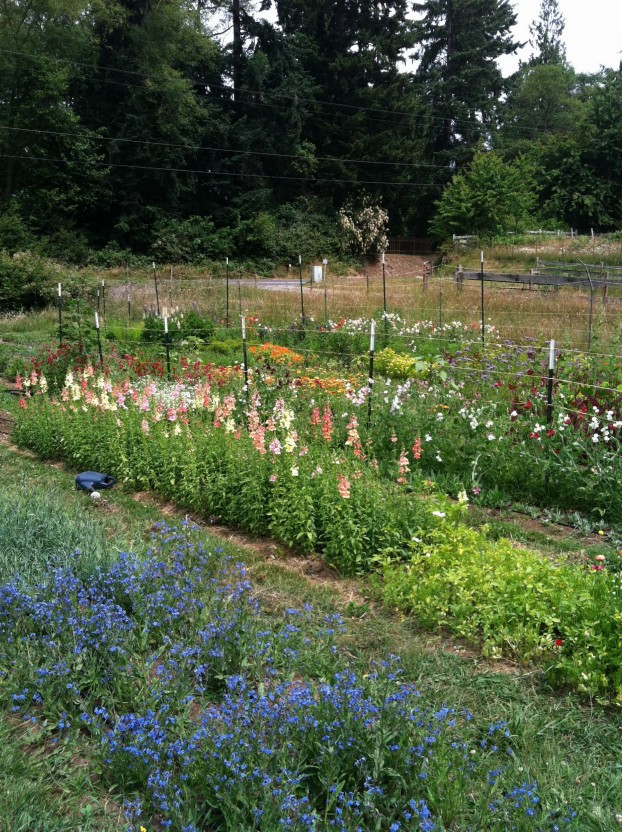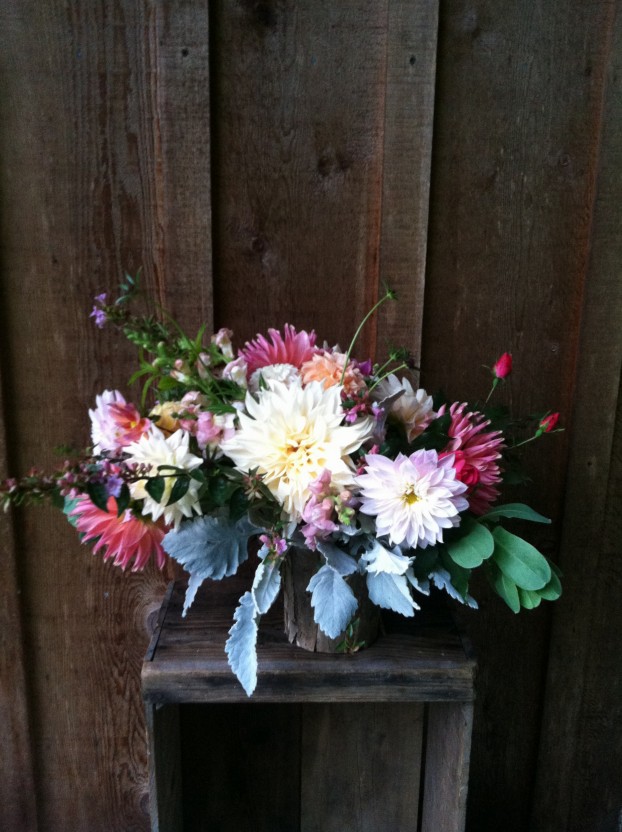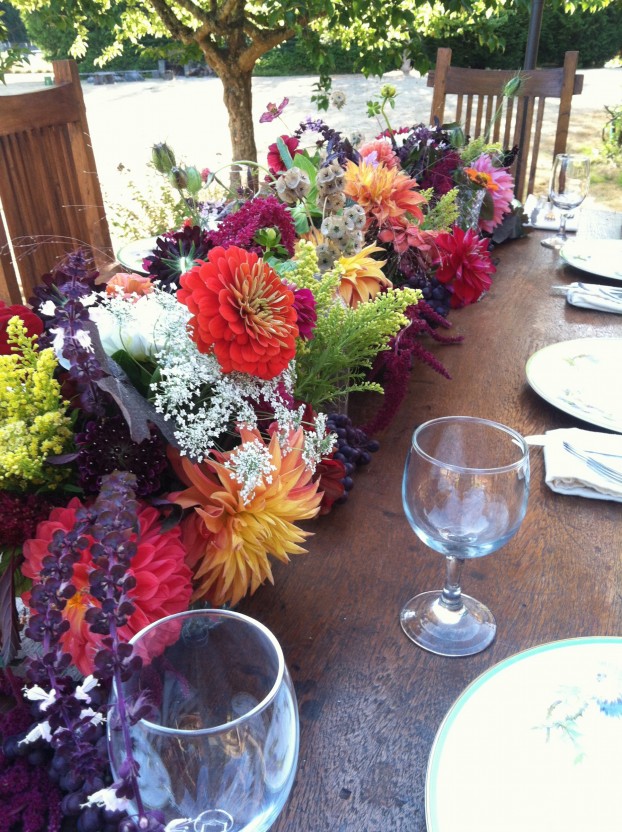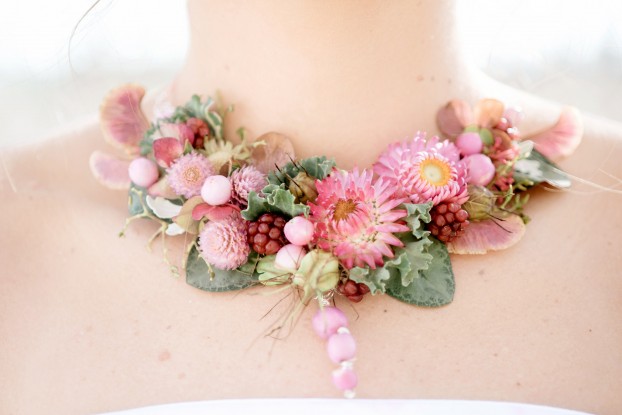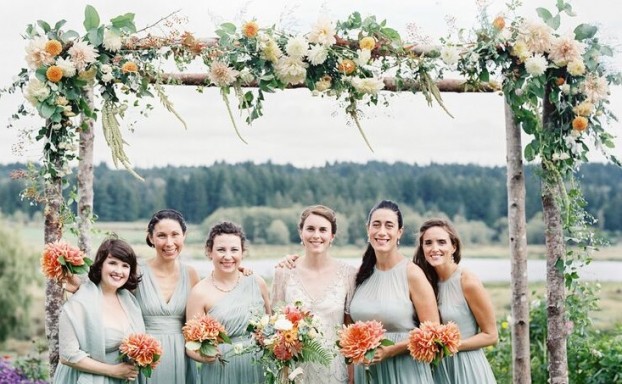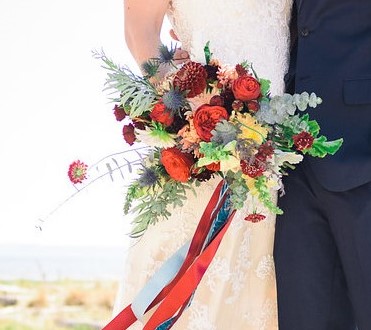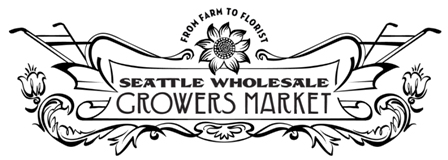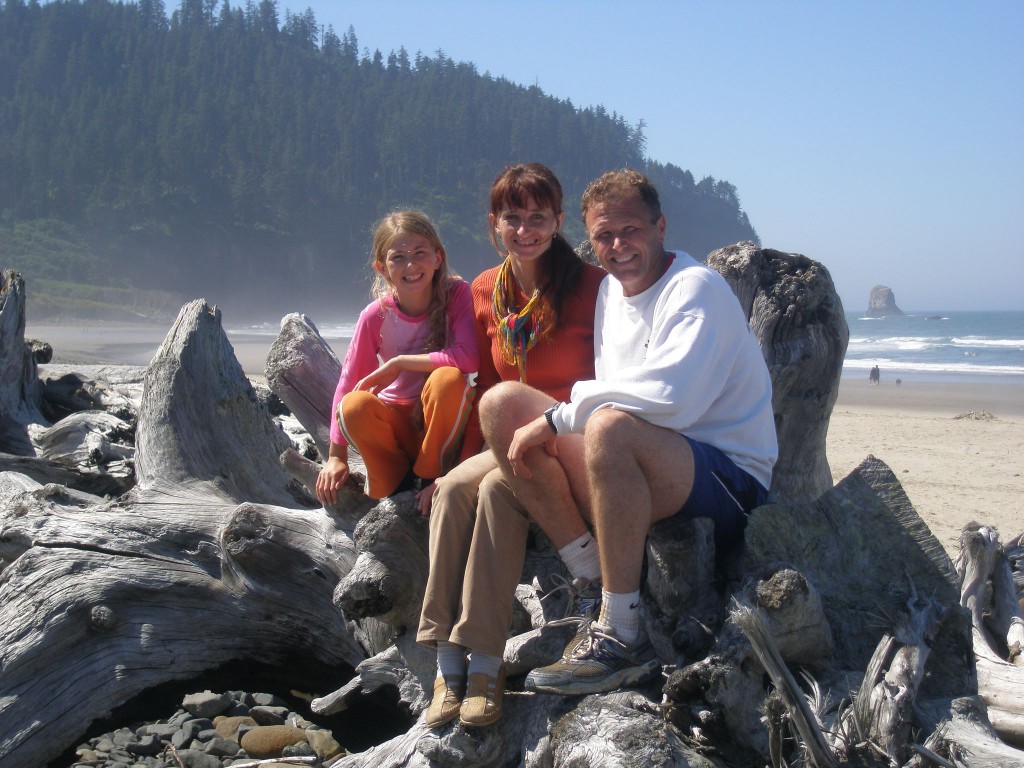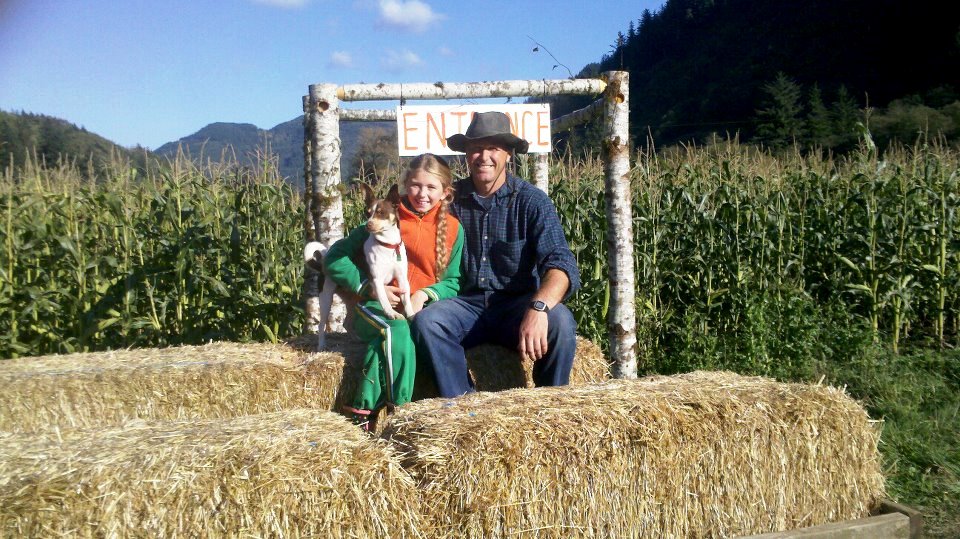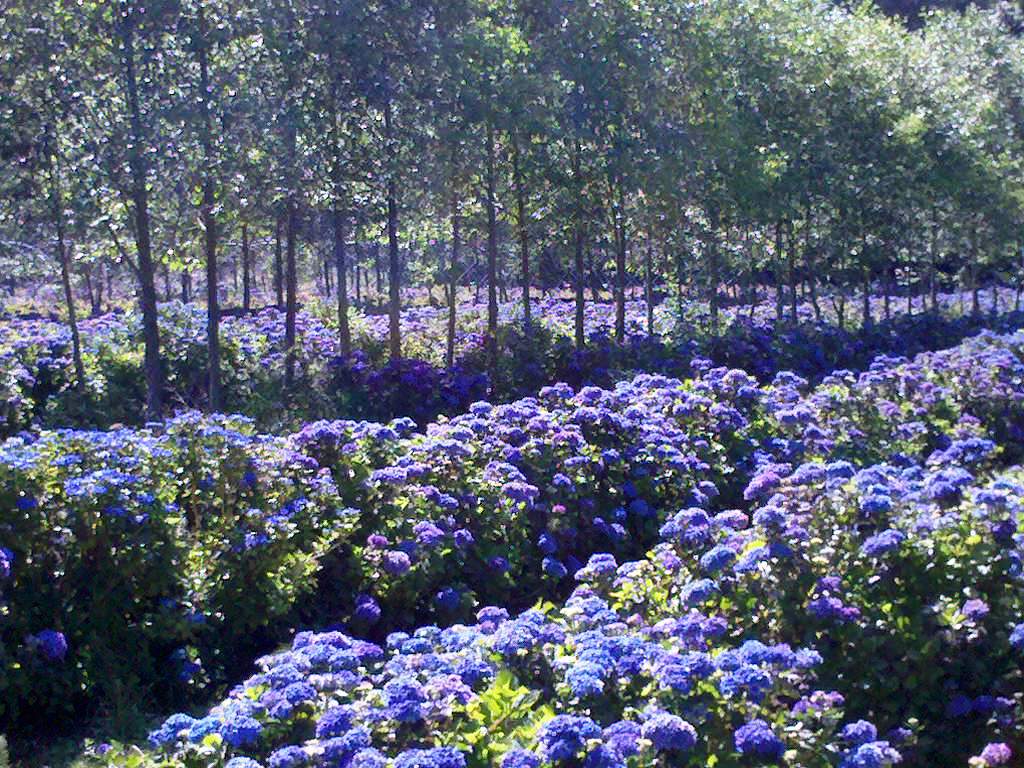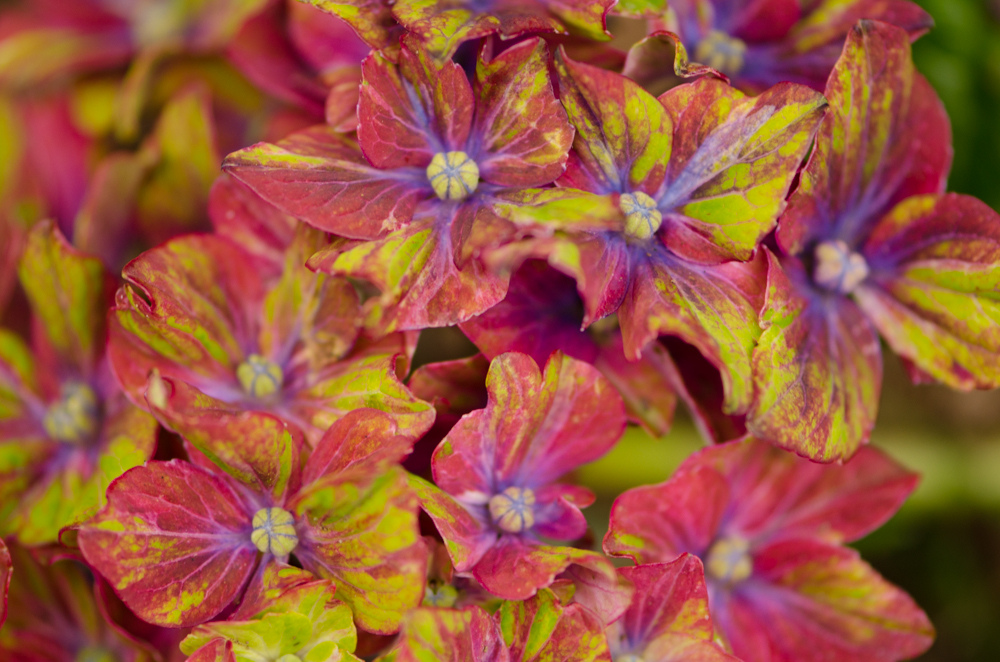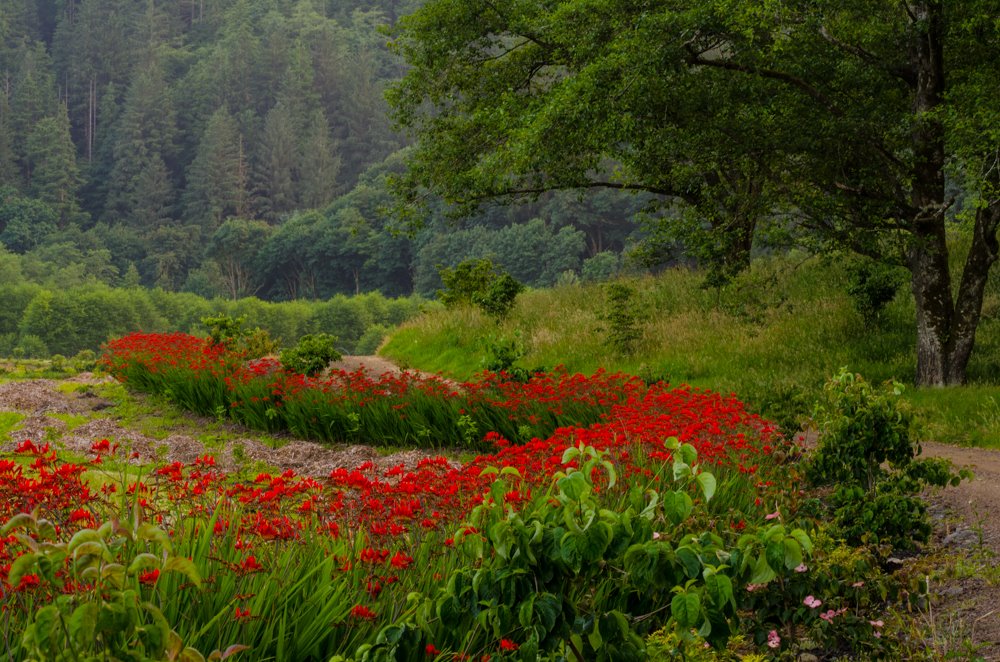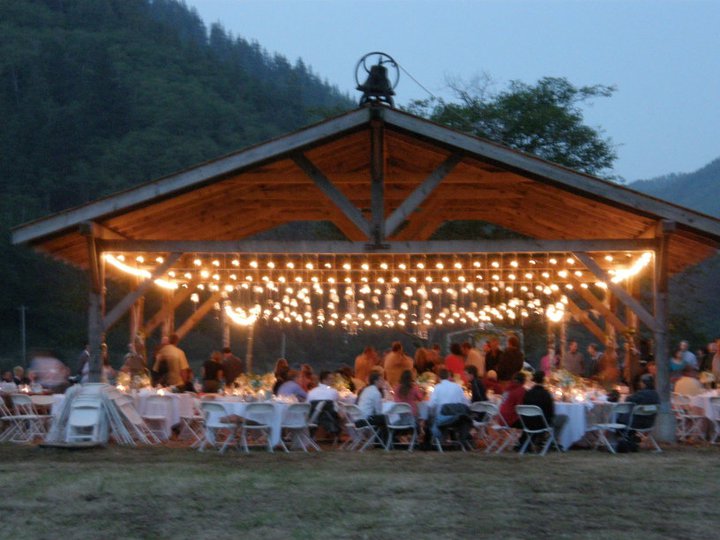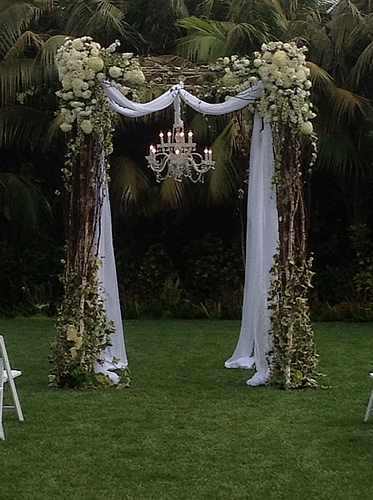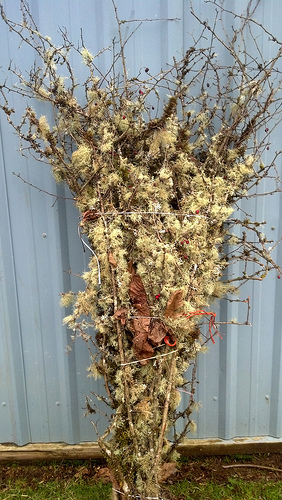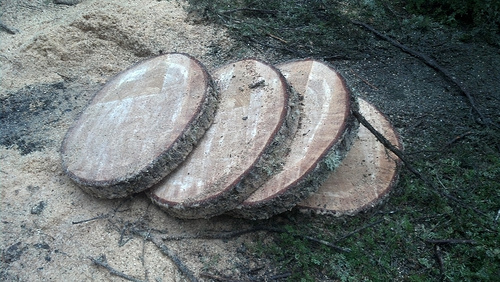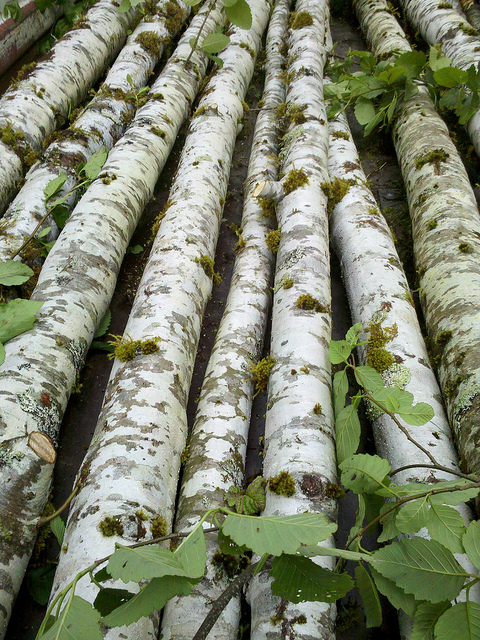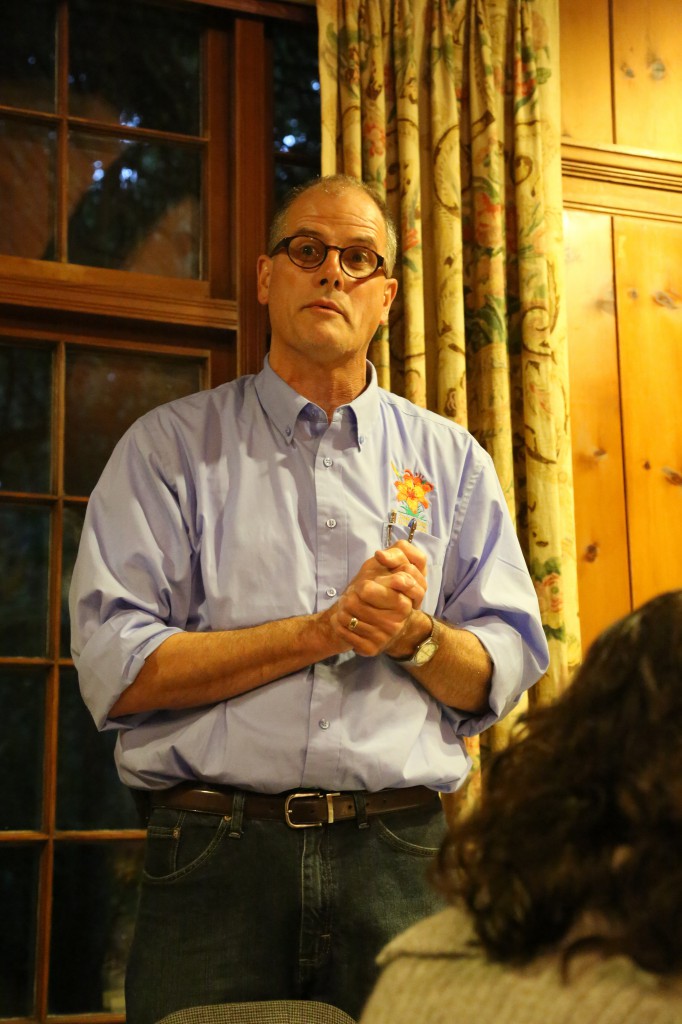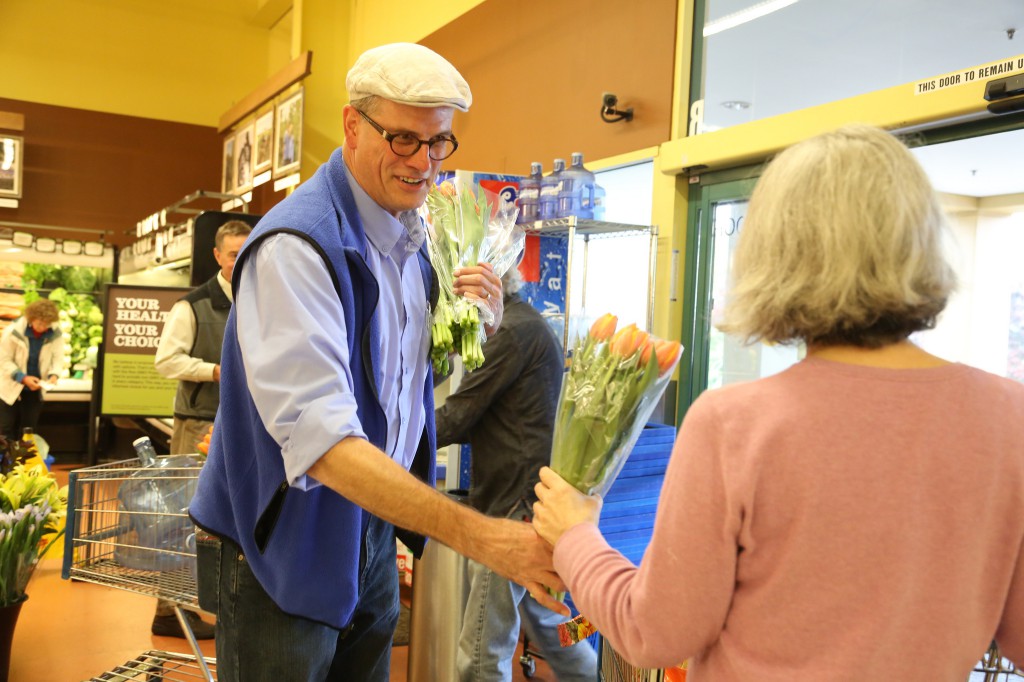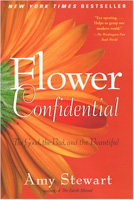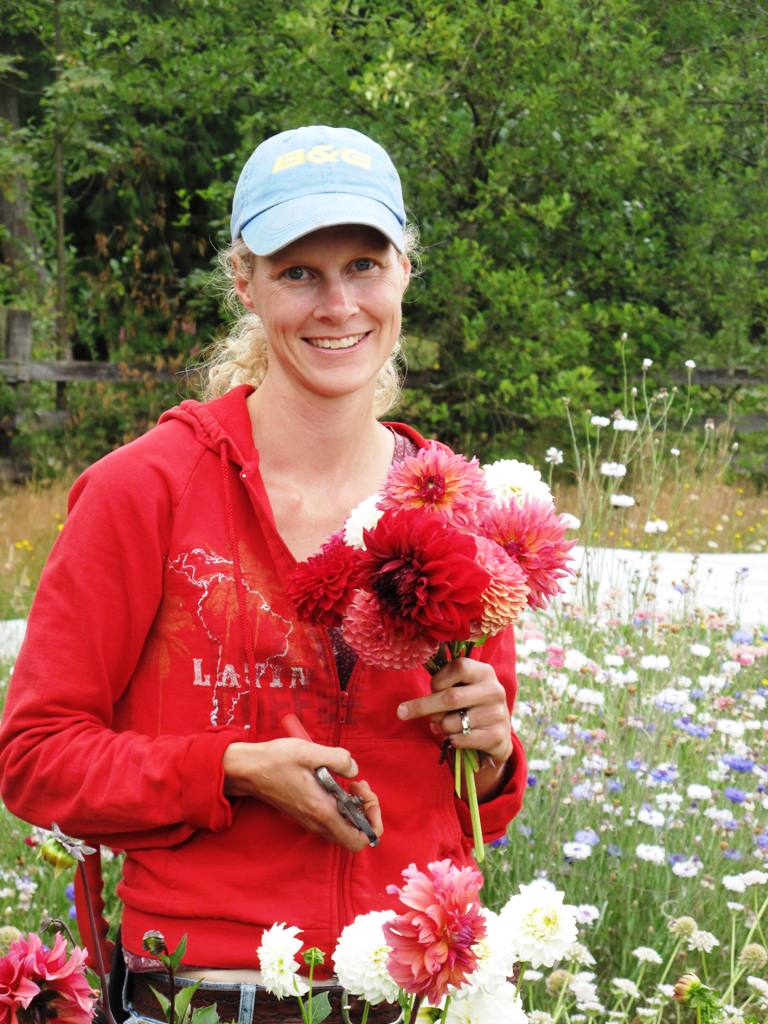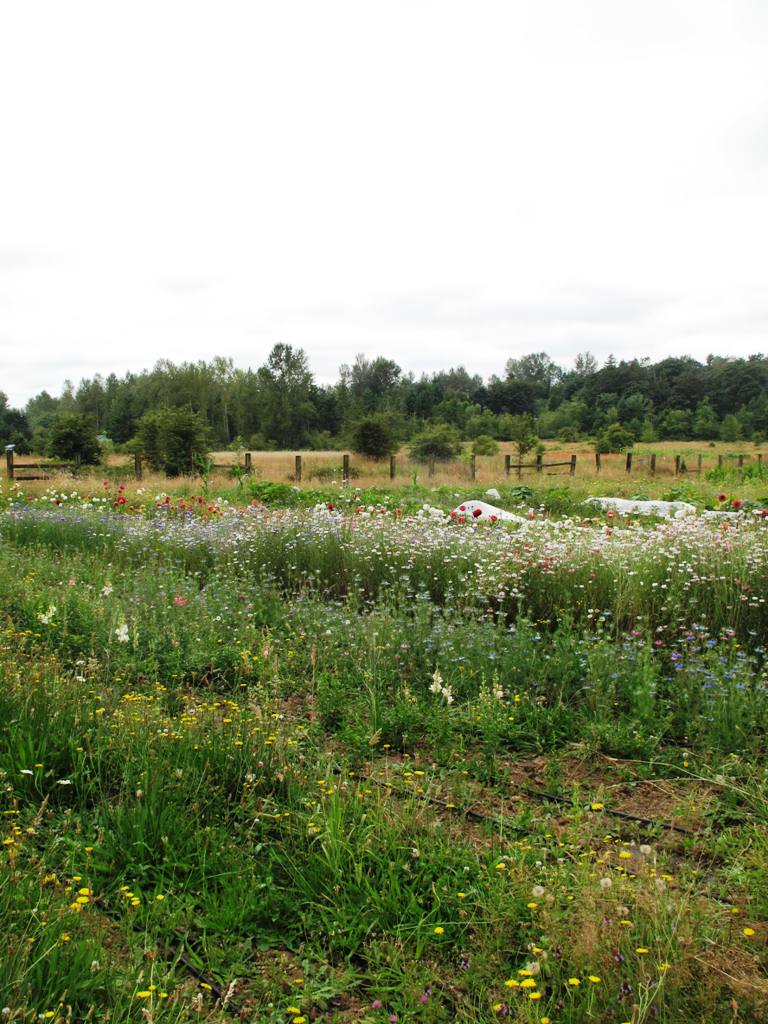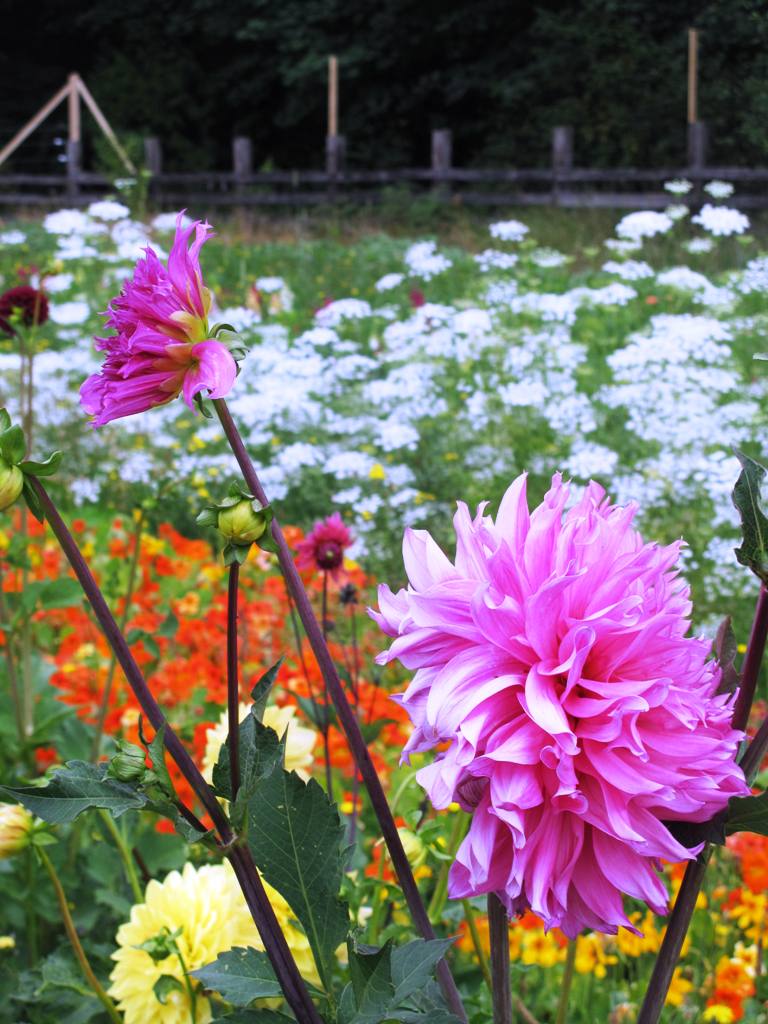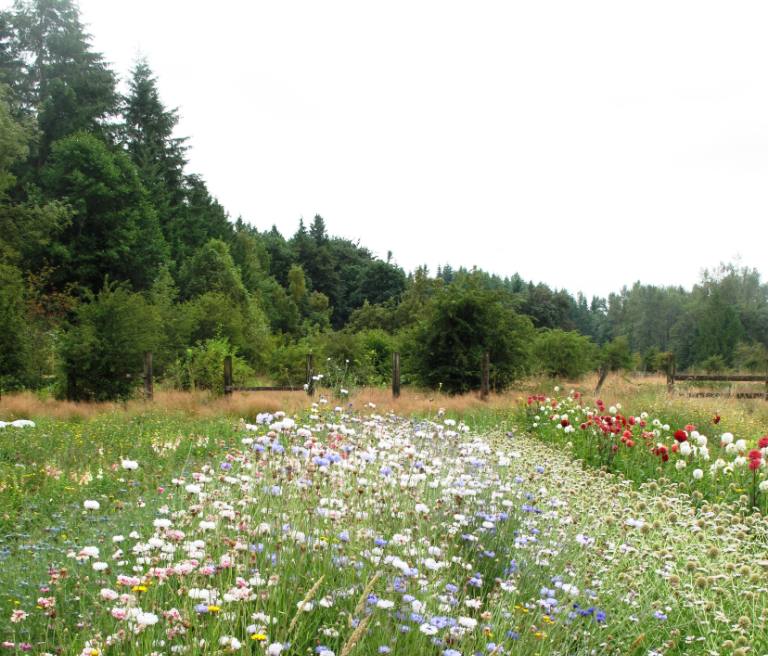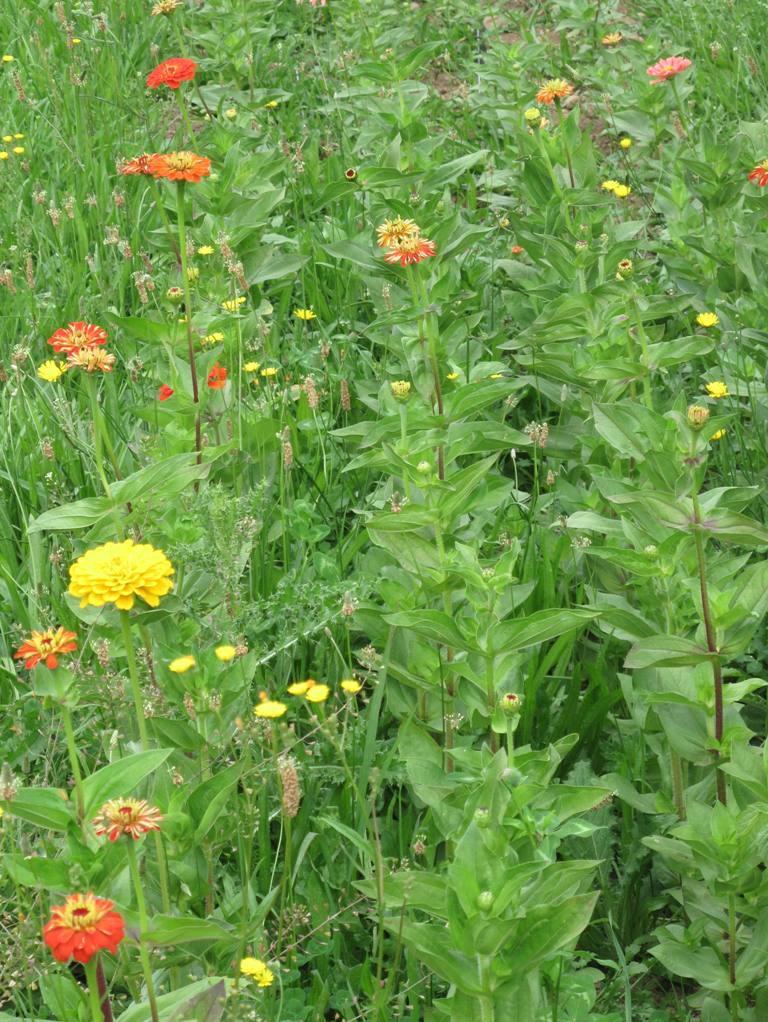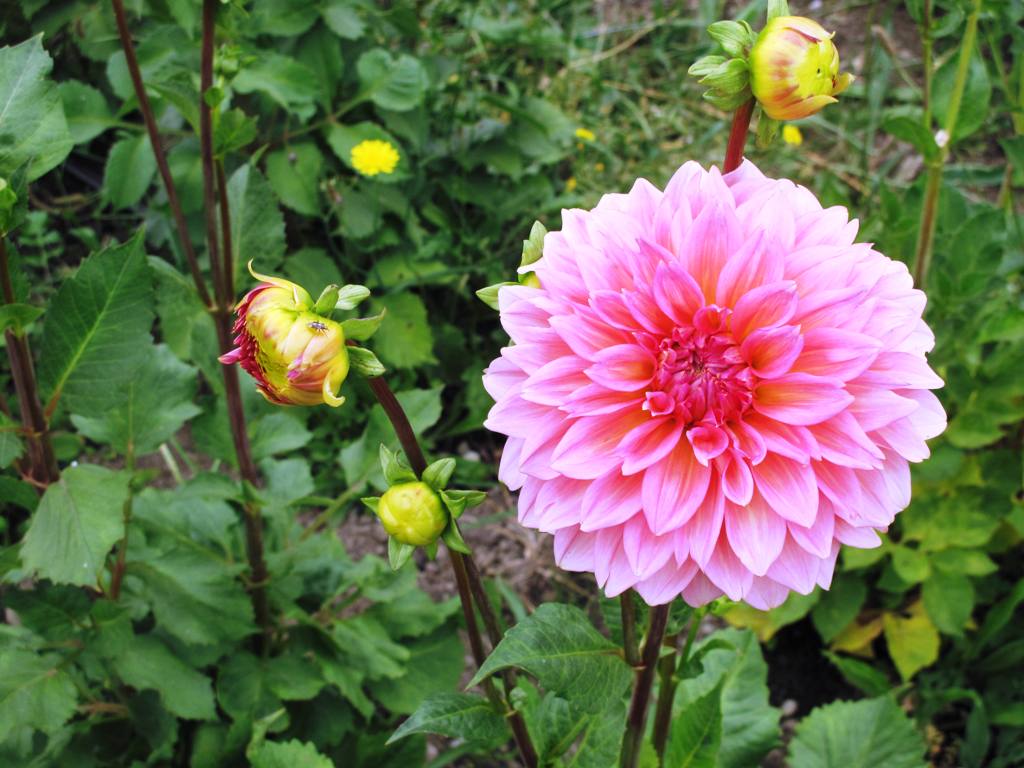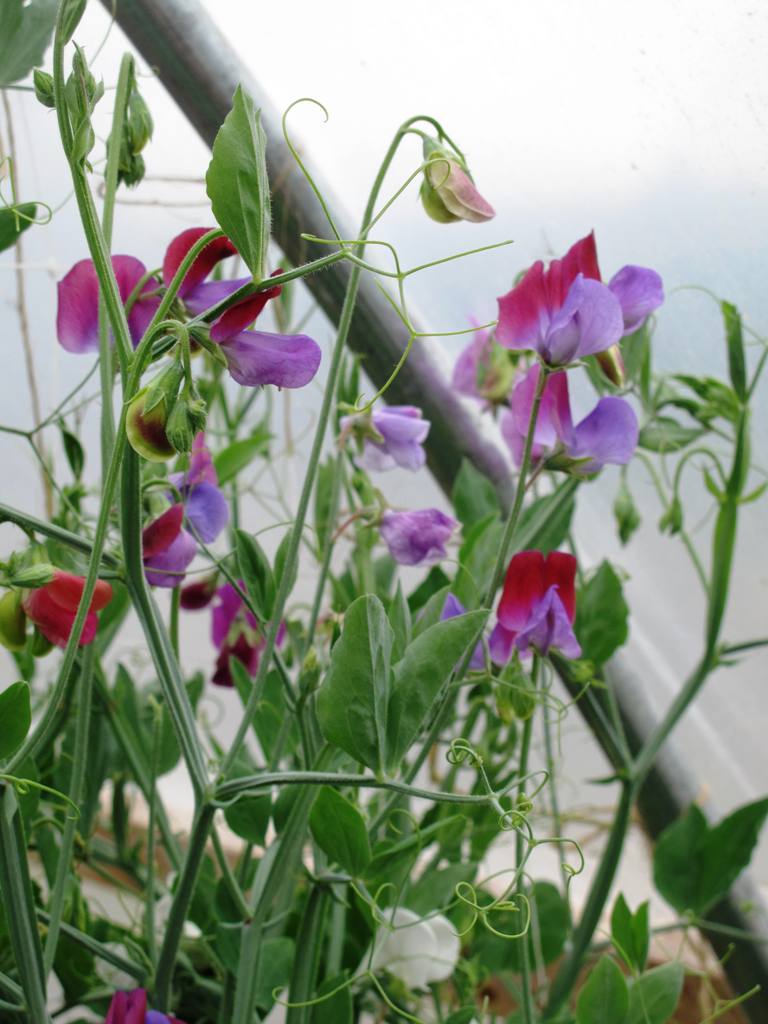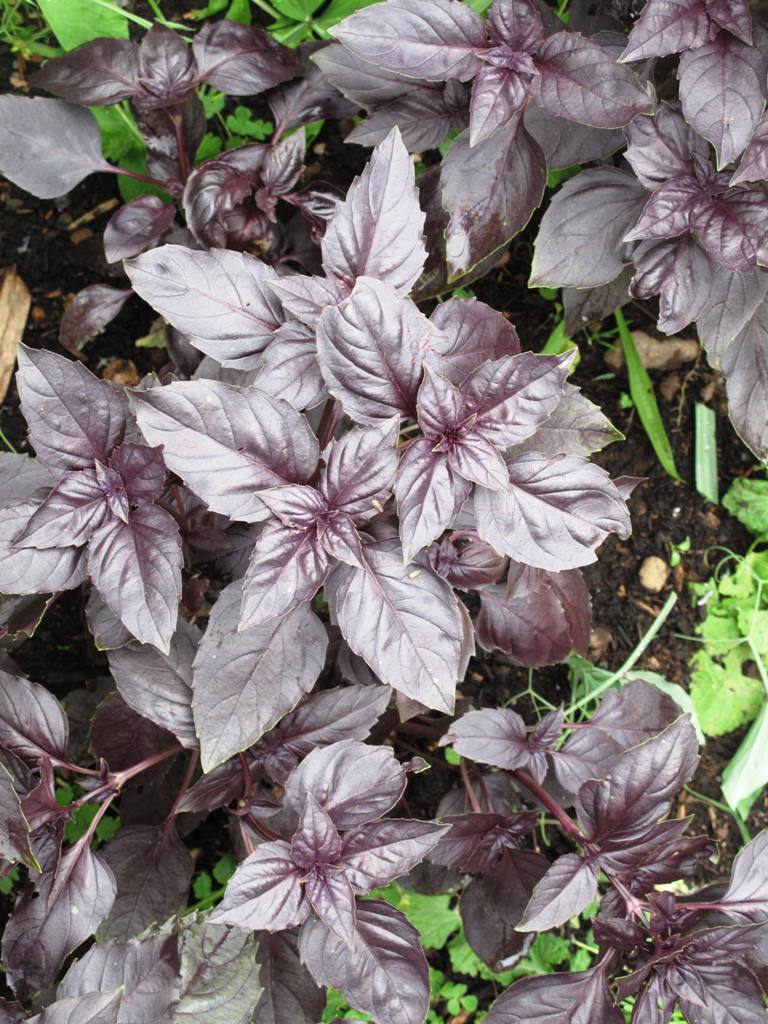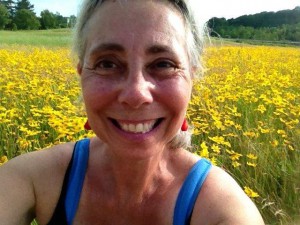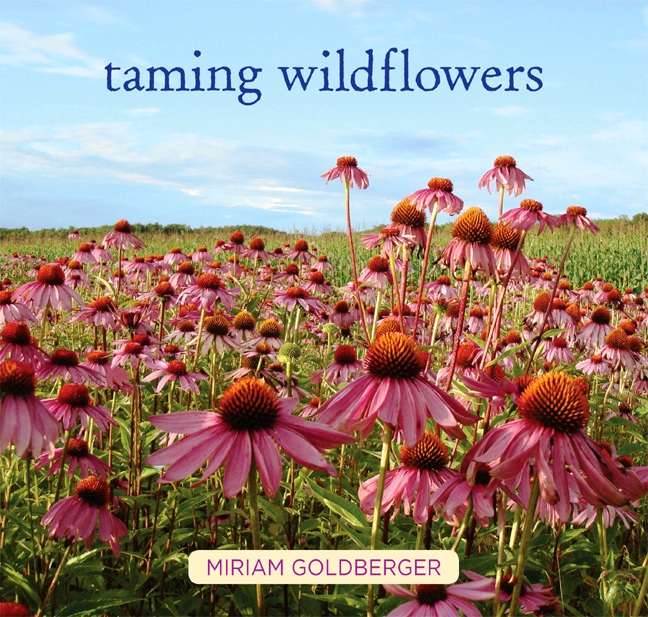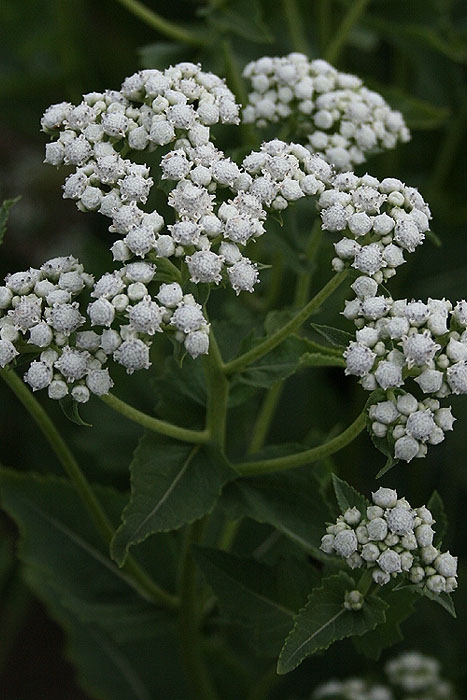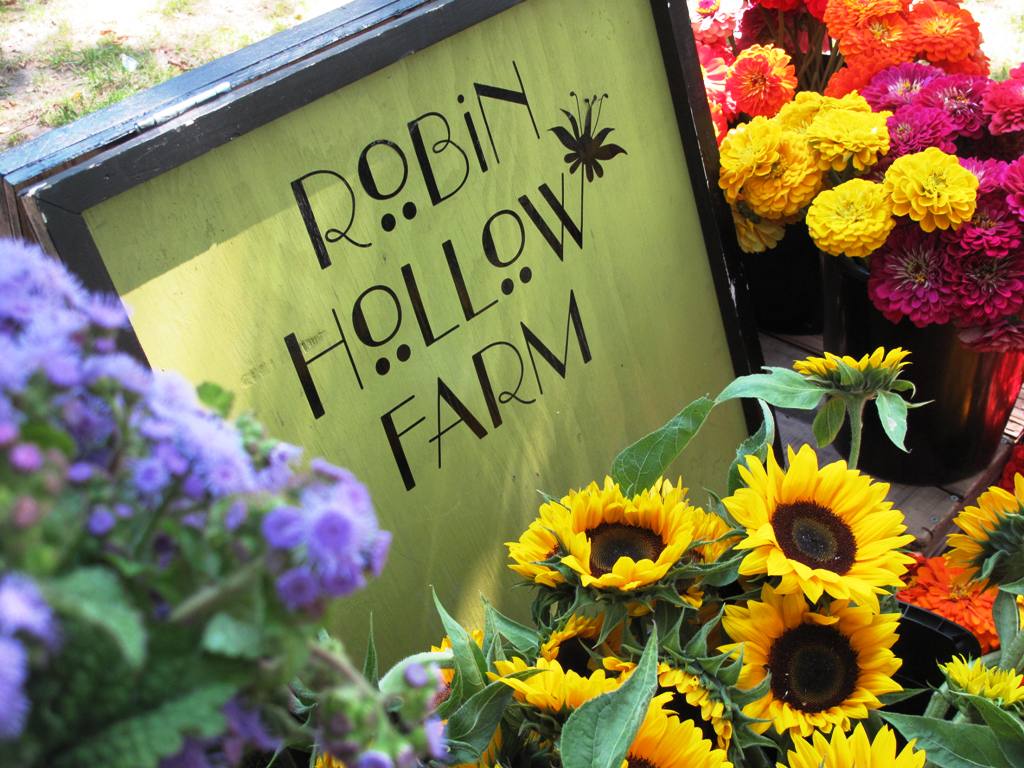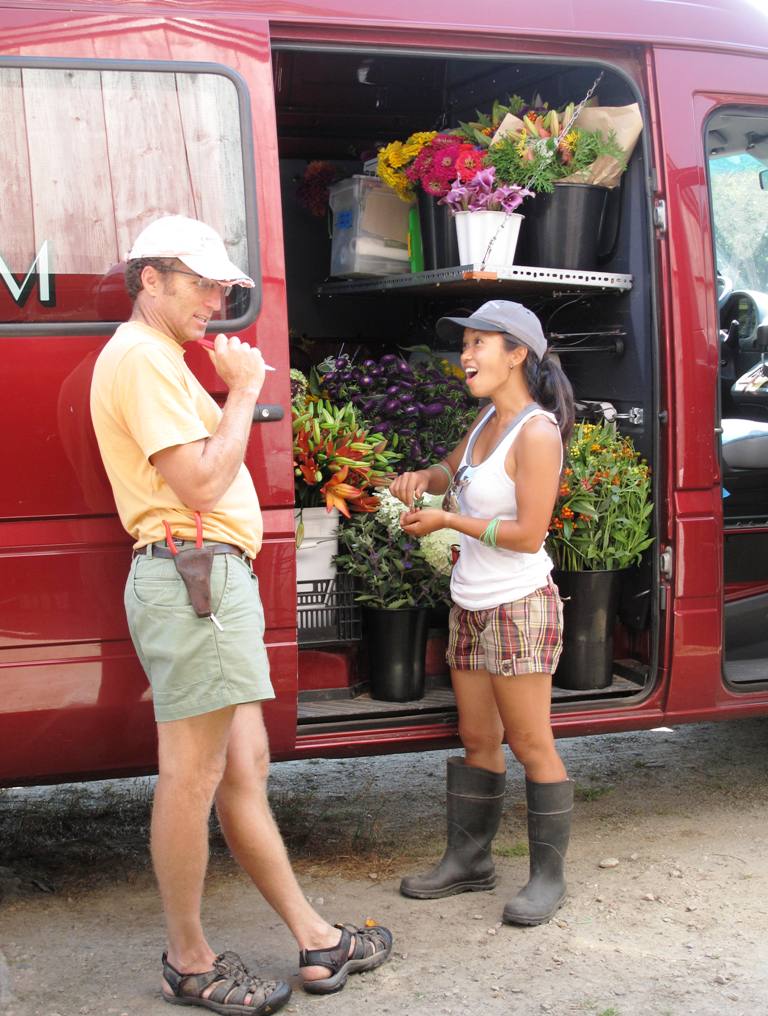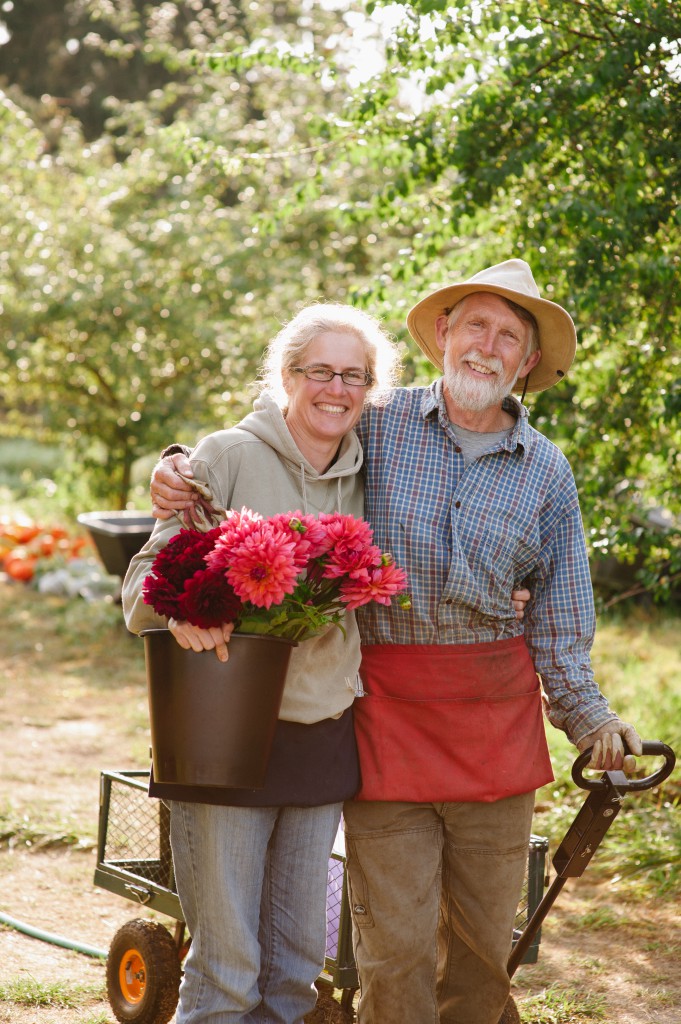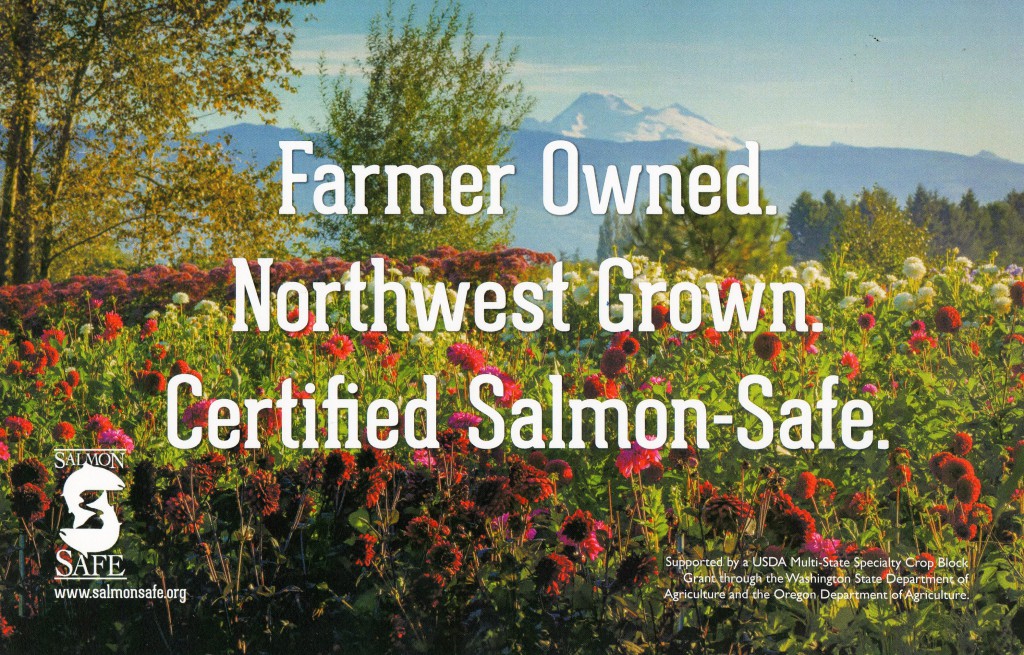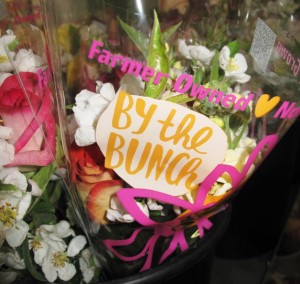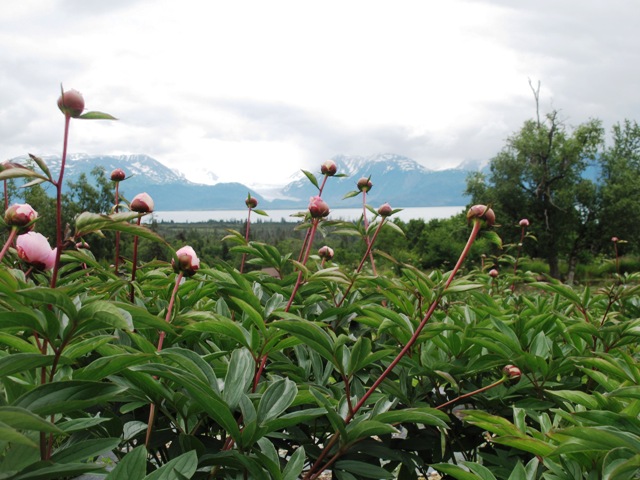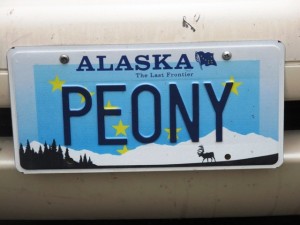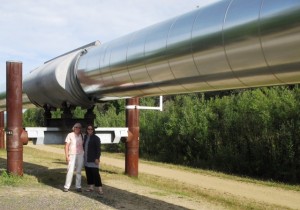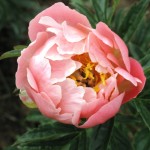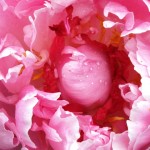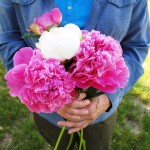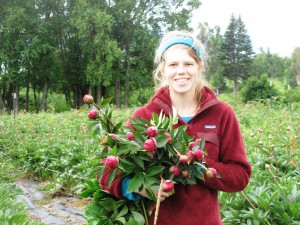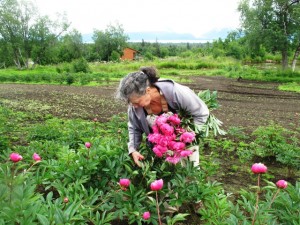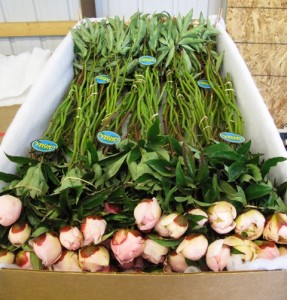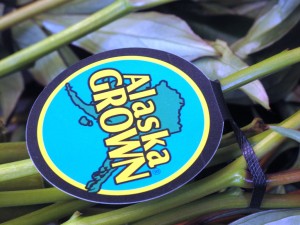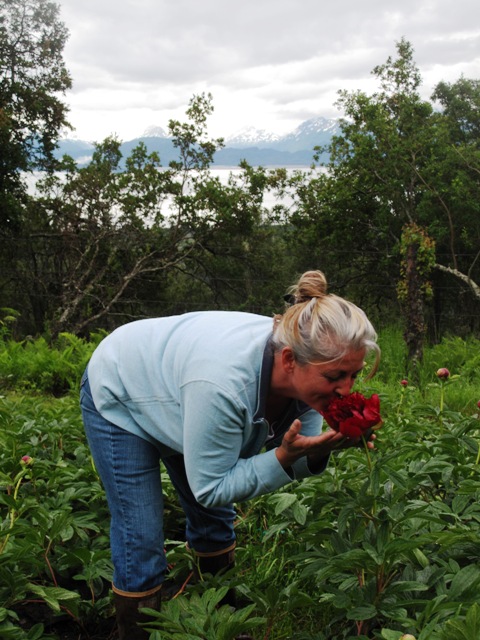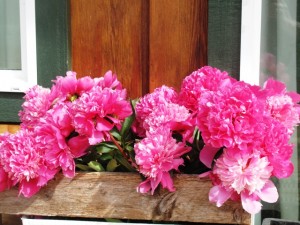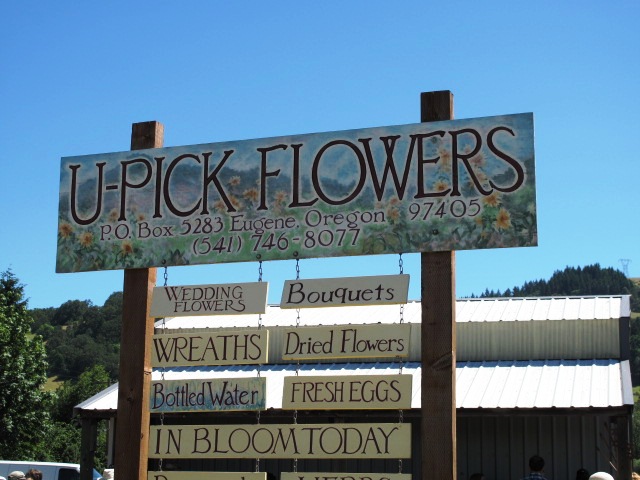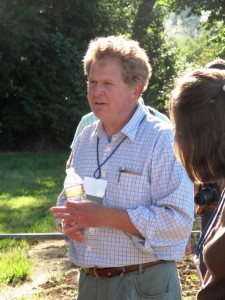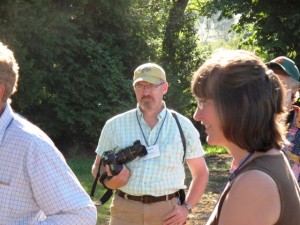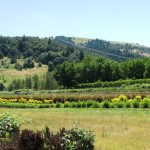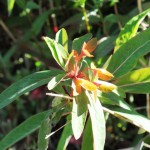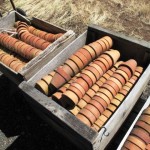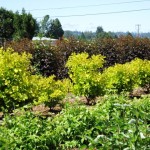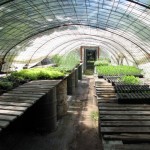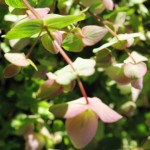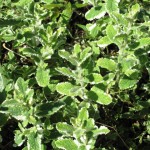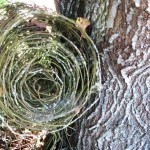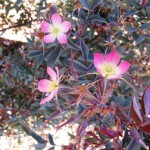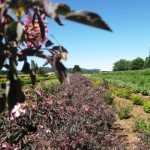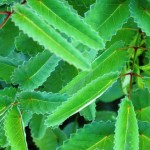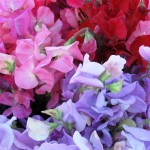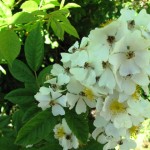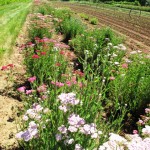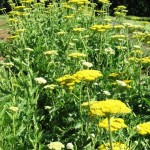Podcast: Play in new window | Download
Subscribe: Apple Podcasts | Podcast Index | RSS | More
There’s been an ongoing theme for our podcasts this year — that of reinvention, re-branding and diversification for everyone in the Slow Flowers Community. As creatives, it makes sense. We are multidimensional and we strive to balance entrepreneurship with artistry in equal measure.
Today’s guest, Bailey Hale, is one such individual. Bailey and his husband Thomas McCurdy established Ardelia Farm & Co. in 2011.
Today it is a cut flower farm, floral design studio and bakery in Vermont’s picturesque Northeast Kingdom. Thomas bakes using local, organic, farm-fresh ingredients to produce everything from chocolate chip cookies to wedding cakes. Bailey raises specialty cut flowers, supplying farmers’ markets and florists, as well as providing full service wedding and event design.
I met Bailey in 2014 at the Association of Specialty Cut Flower Growers annual meeting in Wilmington, where we struck up a brief acquaintance. I learned a lot more about his floral life story a few months ago when we both attended the regional ASCFG meeting that took place in Ontario, Canada’s Niagara region.
It’s amazing what a shared drink in the hotel bar with kindred spirits can lead to — before the evening was over, I made a point of inviting Bailey to come on this show as a guest.
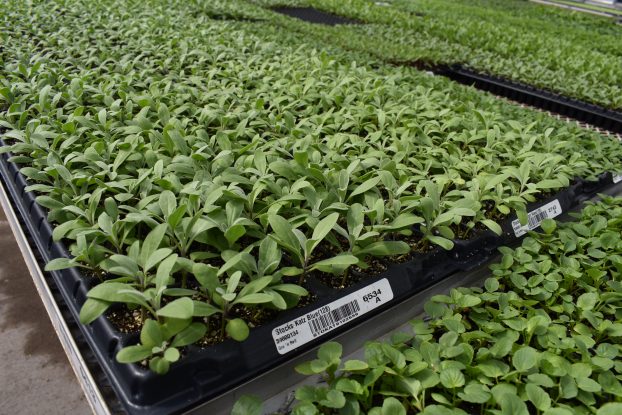
This is how the “plugs” look when they arrive at a client’s farm — the individual plant starts are grown in flats, ready to be plucked out and re-potted into larger containers or directly planted into the ground.
We both agreed to schedule the interview and this episode for early October to coincide with the launch of a new season for Ardelia Farm & Co.’s spin off venture, Farmer Bailey Plugs.
As things happen in our community, we often catch glimpses of each others’ activities while scrolling across the screen of a computer or phone. I noticed what Farmer Bailey seemed to be about — and guessed that Bailey was batching or bundling a number of small orders into ones large enough to meet minimums set by plug or seed companies. What began as a “let’s help out friends in the flower farming world” gesture has rapidly taken off — and for 2018 it looks like the business whose tagline is: Custom Plug Brokerage for Professional Cut Flower Farmers will gobble up a good part of Bailey’s time.
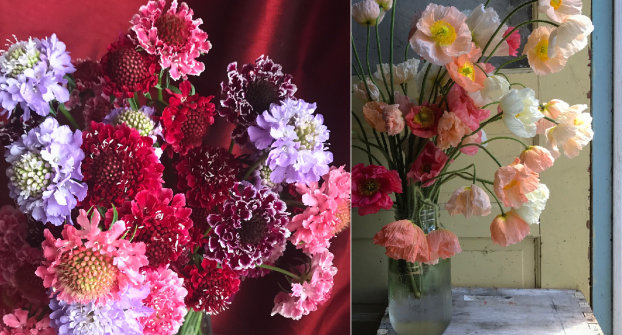 In our interview, recorded via Skype recently with me in Seattle and Bailey in Irasburg, Vermont, I learned that the seasonal cycles of sourcing and marketing plugs and seeds is somewhat complementary to cut flower farming and floral design. Bailey saw an opportunity to fill a need — and he refined it into a sustainable business venture. I can’t wait for you to learn more.
In our interview, recorded via Skype recently with me in Seattle and Bailey in Irasburg, Vermont, I learned that the seasonal cycles of sourcing and marketing plugs and seeds is somewhat complementary to cut flower farming and floral design. Bailey saw an opportunity to fill a need — and he refined it into a sustainable business venture. I can’t wait for you to learn more.
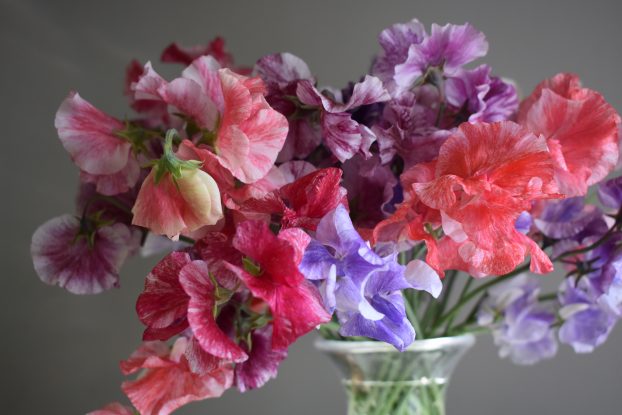 Here’s more biographical information about Bailey and Thomas and how their chicken video went viral and made them famous a few years back. This is excerpted from their “about” section of the Ardelia Farm & Co. web site:
Here’s more biographical information about Bailey and Thomas and how their chicken video went viral and made them famous a few years back. This is excerpted from their “about” section of the Ardelia Farm & Co. web site:
I’ve been working with flowers for a long long time. My grandmother taught me how to grow flowers when I was 5 years old, and this turned into a life long passion. After receiving my B.S. in horticulture from the University of Kentucky, I worked at Longwood Gardens before starting an award-winning floral design studio (MODA botanica) in the heart of Philadelphia. Along with my business partner, we exhibited at the internationally renowned Philadelphia Flower Show where we took best in show a couple of times, and got to travel the world looking at cut flowers and meeting the folks who grow them.
When my husband Thomas and I left Philadelphia to start farming in 2011, I had no idea that flowers would be a major part of our operation. But after dabbling a bit, and joining ASCFG, I felt like I had found my tribe. I already knew flowers, and I knew how to grow things, I just needed a little more information on how to successfully grow and market cut flowers. I credit ASCFG with connecting those missing pieces, and introducing me to some amazing folks, including many of you.
As Ardelia Farm & Co. was taking shape, I searched endlessly for new varieties and tried to navigate the plug grower/broker relationship. I couldn’t understand why we need brokers in the first place, or why growers don’t just produce what is popular and trending right now. I now see that there needs to be someone communicating between the plug producer and the professional cut flower farmer.
In fall/winter 2015 I put together a group order for 6 Lisianthus varieties, and got an overwhelming response. These new and odd varieties were in high demand with florists and growers alike, but didn’t show up on the radar of plug growers or traditional bedding plant brokers. And that’s where the idea for Farmer Bailey started. I see the trends coming to the US from Asia and Europe, I know what we can grow well here in the US, and I’m determined to get those items in the hands of the folks who need them while they are are still relevant. Floral trends do change rapidly (despite the recent 5 year “Blush & Bashful” stagnation) and being able to respond quickly is key for the American flower farmer.
So I became a broker, and luckily Gro ‘n Sell is supporting me in this. They have so graciously agreed to help us all by producing things that may have otherwise taken a decade to come into commercial production. These new items combined with their standard offerings will help us meet the varied demands of our clients nationwide.
While I have plenty of ideas and keep my eye on the international trends, I am no oracle, and I don’t know everything you want to see produced as a plug. Please tell me what you want. If there is a critical mass of interested folks, I can start the process of sourcing seed and asking the kind folks at Gro ‘n Sell if they will assist us. Feel free to use the Contact Us form, or join the ‘Farmer Bailey Plugs for Flower Farmers‘ group on Facebook and join in the conversation.
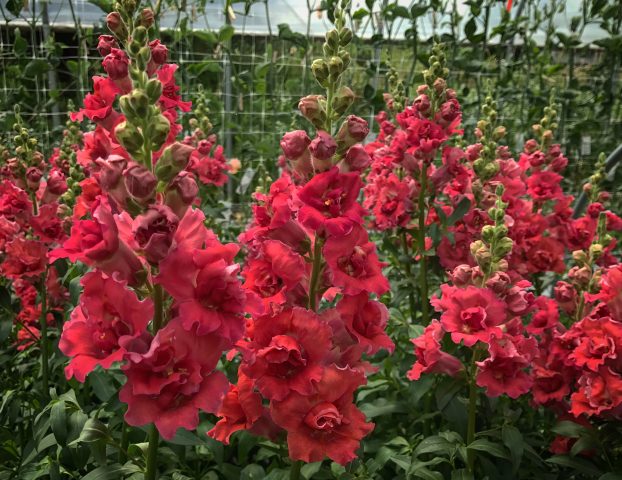 Here’s how to follow and find Farmer Bailey & Ardelia Farm:
Here’s how to follow and find Farmer Bailey & Ardelia Farm:
Farmer Bailey Plugs on Instagram
Thanks so much for joining us today! The Slow Flowers Podcast has been downloaded more than 242,000 times by listeners like you. Thank you to each one of you for downloading, listening, commenting and sharing. It means so much.
If you value the content you receive each week, I invite you to show your thanks and support the Slow Flowers Podcast with a donation — the button can be found on our home page in the right column. Your contributions will help make it possible to transcribe future episodes of the Podcast.
Thank you to family of sponsors:
Certified American Grown Flowers. The Certified American-Grown program and label provide a guarantee for designers and consumers on the source of their flowers. Take pride in your flowers and buy with confidence, ask for Certified American Grown Flowers. To learn more visit americangrownflowers.org.
Arctic Alaska Peonies, a cooperative of 50 family farms in the heart of Alaska providing high quality, American Grown peony flowers during the months of July and August. Visit them today at arcticalaskapeonies.com
Seattle Wholesale Growers Market, a farmer-owned cooperative committed to providing the very best the Pacific Northwest has to offer in cut flowers, foliage and plants. The Growers Market’s mission is to foster a vibrant marketplace that sustains local flower farms and provides top-quality products and service to the local floral industry. Find them at seattlewholesalegrowersmarket.com
Longfield Gardens provides home gardeners with high quality flower bulbs and perennials. Their online store offers plants for every region and every season, from tulips and daffodils to dahlias, caladiums and amaryllis. Visit them at lfgardens.com.
Syndicate Sales, an American manufacturer of vases and accessories for the professional florist. Look for the American Flag Icon to find Syndicate’s USA-made products and join the Syndicate Stars loyalty program at syndicatesales.com.
Johnny’s Selected Seeds, an employee-owned company that provides our industry the best flower, herb and vegetable seeds — supplied to farms large and small and even backyard cutting gardens like mine. Check them out at johnnysseeds.com.
Association of Specialty Cut Flower Growers. Formed in 1988, ASCFG was created to educate, unite, and support commercial cut flower growers. It mission is to help growers produce high-quality floral material, and to foster and promote the local availability of that product. Learn more at ascfg.org
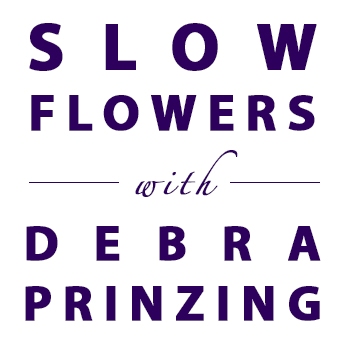 I’m Debra Prinzing, host and producer of the Slow Flowers Podcast. Next week, you’re invited to join me in putting more American grown flowers on the table, one vase at a time. And If you like what you hear, please consider logging onto Itunes and posting a listener review.
I’m Debra Prinzing, host and producer of the Slow Flowers Podcast. Next week, you’re invited to join me in putting more American grown flowers on the table, one vase at a time. And If you like what you hear, please consider logging onto Itunes and posting a listener review.
The content and opinions expressed here are either mine alone or those of my guests alone, independent of any podcast sponsor or other person, company or organization.
The Slow Flowers Podcast is engineered and edited by Andrew Brenlan. Learn more about his work at KineticTreeFitness.com.
Music Credits:









